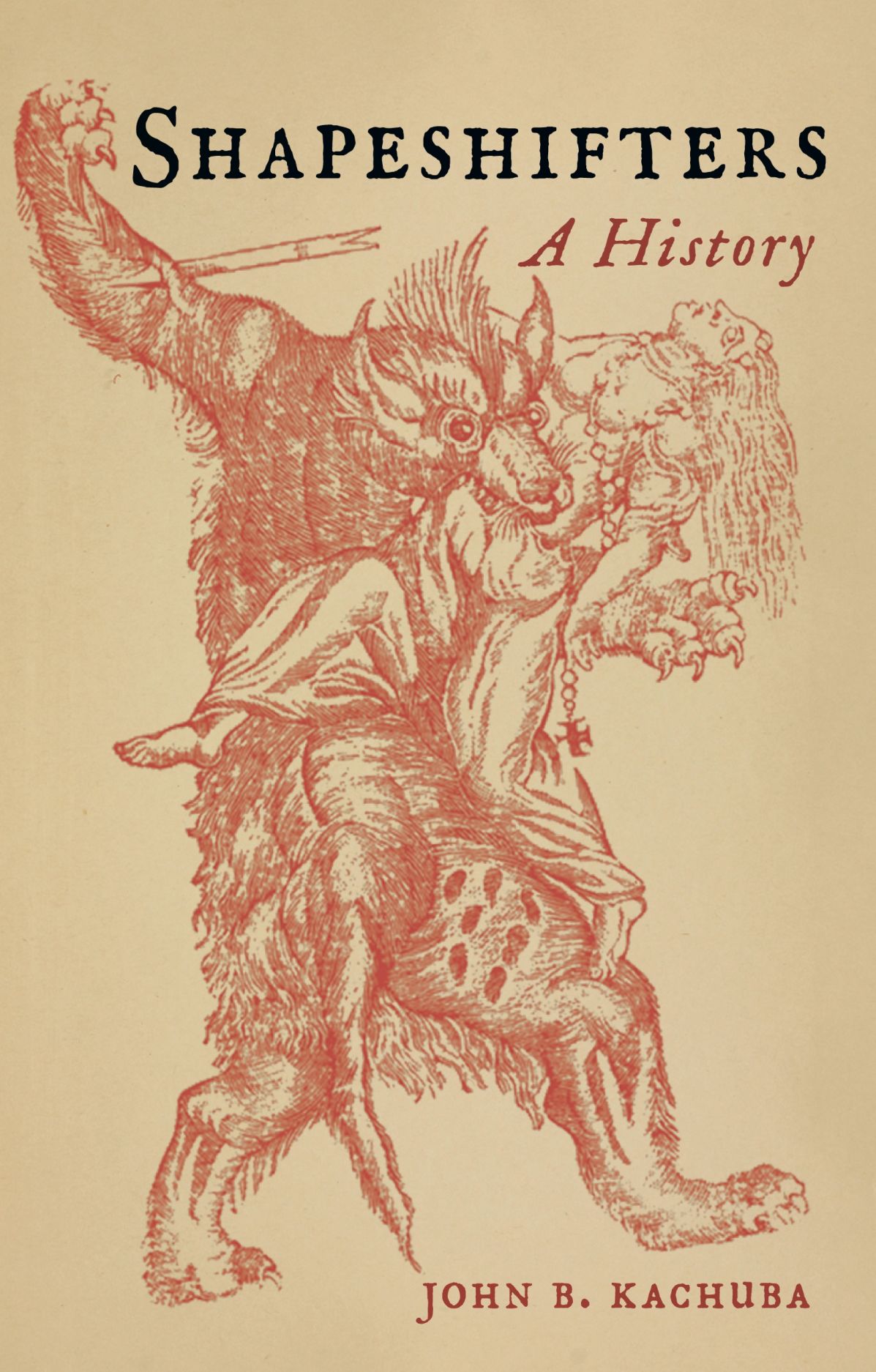Shapeshifters are mythical creatures found in many cultures that have the ability to transform their physical form, often seen as a power bestowed upon them by a deity or mystical force. They played a significant role in ancient mythologies and folklore, being viewed as protectors, creators, destroyers or creatures of chaos, depending on the culture. The nature and abilities of shapeshifters vary depending on the type and culture, such as werewolves, dragons and the Navajo skinwalkers. Shapeshifting is viewed as a metaphor for personal growth and transformation, representing a shift in perspectives, values and beliefs.
The Power of Shapeshifters: Analyzing Mythical Transformations Across Cultures
Shapeshifters are mythical creatures that possess the ability to transform their physical form. These creatures exist in many cultures and have been a part of human folklore and mythology since ancient times. Shapeshifters are often portrayed as powerful beings with supernatural abilities that are bestowed upon them by gods, spirits or other mystical entities. In this article, we will explore the power of shapeshifters and analyze their mythical transformations across various cultures.
What are Shapeshifters?
Shapeshifters are creatures that have the ability to change their physical form or appearance. This ability is often portrayed as a supernatural power that is given to them by a deity or other mystical force. The concept of shapeshifters is found in many cultures, including Native American, Chinese, Hindu, and Celtic mythology.
Their Origins and Significance
The origins of shapeshifters can be traced back to ancient times. These beings played a significant role in the mythologies and folklore of various cultures. In many cultures, shapeshifters were seen as powerful beings that could shape the world according to their will. They were also believed to have the power to heal, create and destroy.
The significance of shapeshifters in different cultures varies. In some cultures, shapeshifters are viewed as protectors of the people, while in others, they are seen as creatures of chaos and destruction.
Types of Shapeshifters
Shapeshifters come in different types, and their characteristics and abilities vary depending on culture and folklore. Some of the most common types of shapeshifters include:
1. Werewolves or Lycanthropes
Werewolves are a popular type of shapeshifter found in many cultures. These beings can transform their physical form into that of a wolf or wolf-like creature. In many cultures, werewolves were seen as dangerous and malevolent beings that could only be stopped by silver.
2. Skinwalkers
Skinwalkers are shapeshifters that are found in the Navajo culture of North America. These beings are said to have the ability to transform into any animal or person. They are often viewed as dangerous and are believed to bring bad luck and misfortune to those who encounter them.
3. Dragons
Dragons are a type of shapeshifter that is found in many cultures, including Chinese and European mythology. These beings can change their size and shape as well as their appearance. Dragons are often viewed as powerful and wise creatures that possess vast amounts of knowledge and strength.
Transformations in Different Cultures
Shapeshifting has played a significant role in the folklore and mythology of many cultures. The transformations and abilities of shapeshifters vary depending on the culture and the mythologies that surround them. Below are some examples of shapeshifting in different cultures:
1. Native American Culture
Shapeshifting is a common theme in indigenous cultures throughout North America. The Navajo, for example, believe in skinwalkers, while other tribes believe in beings like the thunderbird, which can transform into a human-like form.
2. Chinese Culture
Chinese mythology has many examples of shapeshifting, including the dragon, which can transform into different sizes, shapes, and forms. Chinese folklore also features the nine-tailed fox, which can shape-shift into a beautiful woman or man to lure and deceive humans.
3. Hindu Culture
In Hindu culture, the god Vishnu is said to have incarnated in many forms to save the world from destruction. These incarnations include the fish or Matsya, turtle, boar, and others.
4. Celtic Culture
Shapeshifting is a significant part of Celtic mythology. In Irish mythology, there is the story of the selkies, which are seal-like creatures that can transform into a human form. The Irish also have the myth of the pooka, a mischievous creature that can shape-shift into different forms.
The Power of Shapeshifters
Shapeshifters are often portrayed as powerful beings that possess great abilities and strengths. These creatures have the power to transform their physical appearance, and in some cases, their abilities and powers. They hold a special place in mythology and folklore and are often used to represent themes of transformation and power.
Shapeshifting can be seen as a metaphor for personal growth and transformation in many cultures. The ability to change one’s physical form is viewed as a powerful tool for personal development and growth. The transformation from one form to another can represent a shift in one’s perspective, values, and beliefs.
Conclusion
Shapeshifters have played a significant role in the mythology and folklore of many cultures. These beings are often portrayed as powerful and supernatural creatures that possess the ability to transform their physical form. The stories of shapeshifters can teach us valuable lessons about personal growth and transformation. As we explore the stories and legends of shapeshifters across cultures, we can gain a better understanding of the power of transformation and the human fascination with myth and legend.
